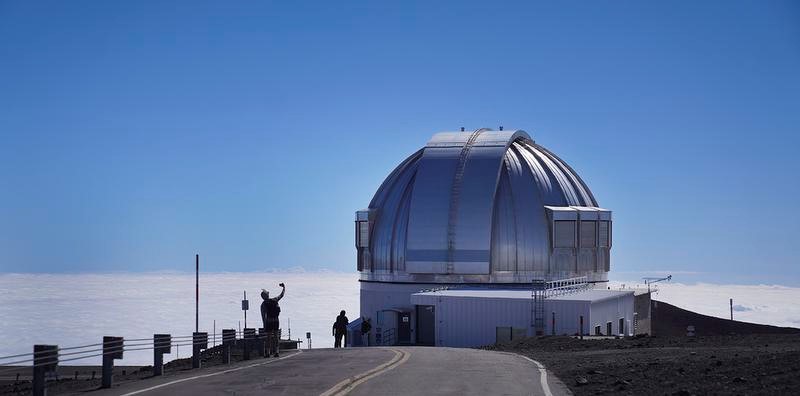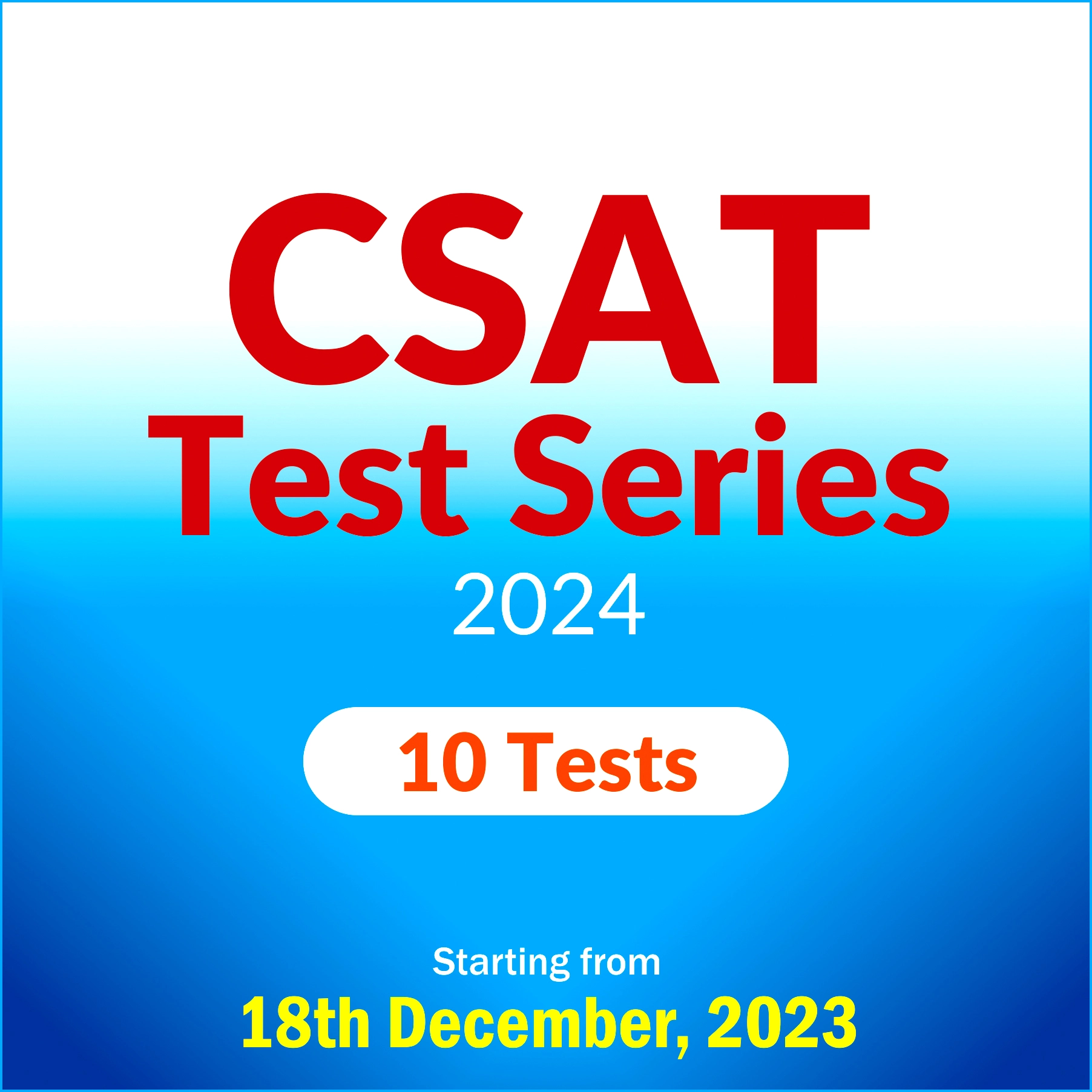Description
 Disclaimer: Copyright infringement not intended.
Disclaimer: Copyright infringement not intended.
Context
An official delegation from the Department of Science and Technology, India, recently visited Mauna Kea, an inactive volcano on the island of Hawaii, signaling a renewed commitment to the Thirty Meter Telescope (TMT) project.
Details
- The TMT, a collaborative effort involving the U.S., Japan, China, Canada, and India, aims to be a groundbreaking 30-meter diameter optical and infrared telescope for deep-space observations.
- Indian participation in the TMT project was approved by the Union Cabinet in 2014, with a commitment to providing hardware worth $200 million.
- India, a significant contributor to the TMT project, is actively involved in discussions to address challenges and garner local support.
- The Thirty Meter Telescope (TMT) is an ambitious project aiming to construct an Extremely Large Telescope (ELT) with a primary mirror diameter of 30 meters.
Historical Background
- Concept Emergence: The notion of Extremely Large Telescopes (ELTs) emerged in the mid-1980s, envisioning mirrors larger than 20 meters in diameter.
- National Academy Endorsement: In the early 2000s, the US National Academy of Sciences endorsed a 30-meter telescope as a focal point of U.S. interests in astronomy.
- Collaborative Design: Scientists from the University of California, Santa Cruz, and Caltech collaborated on the TMT's design, proposing a 492-segment primary mirror, nine times more powerful than the Keck Observatory.
Design and Capabilities
- Observational Range: The TMT is designed for near-ultraviolet to mid-infrared observations (0.31 to 28 μm wavelengths), equipped with adaptive optics to correct image blur.
- Mirror Structure: Its primary mirror consists of 492 smaller hexagonal mirrors, actively controlled for optimal performance, contributing to its substantial light-gathering power.
- Mounting System: The telescope employs an alt-azimuth mount, and its adaptive optics system enables researchers to explore astronomical phenomena with unprecedented detail.
- Data Collection: With the capacity to collect 90 terabytes of data each night, the TMT promises groundbreaking insights into the cosmos.
Scientific Instruments
- Wide Field Optical Spectrometer (WFOS): Provides a seeing limit that extends down to the ultraviolet, offering optical imaging and spectroscopy with a 40-square arc-minute field-of-view.
- Infrared Imaging Spectrometer (IRIS): Mounted on the observatory's Multi-Conjugate Adaptive Optics (MCAO) system, capable of diffraction-limited imaging and integral-field spectroscopy in the near-infrared range (0.8–2.5 μm).
- Infrared Multi-object Spectrometer (IRMS): Enables close-to-diffraction-limited imaging and slit spectroscopy over a 2 arc-minute diameter field-of-view at near-infrared wavelengths (0.8–2.5 μm).

Controversies
- Site Selection: Opposition arose due to the selection of Mauna Kea as the TMT's site, leading to protests and blockades that temporarily halted construction in 2014.
- Environmental and Cultural Concerns: Demonstrations intensified in 2015, reflecting concerns about environmental disruption to Mauna Kea's alpine habitat and its sacred significance in Native Hawaiian culture.
- Legal Hurdles: Legal challenges in Hawaii led to the Supreme Court invalidating building permits in 2015. Construction was approved in 2018 but has faced ongoing opposition.
Alternative Sites
- Exploration of Alternatives: Observatorio del Roque de los Muchachos (ORM) on La Palma in Spain’s Canary Islands is considered a viable alternative.
International Collaborations
- Government-Level Support: The TMT enjoys support from several nations, including Canada, China, Japan, and India. The Gordon and Betty Moore Foundation committed $200 million for construction.
- Collaborative Partnerships: Partnerships with institutions like the National Astronomical Observatory of Japan and the National Astronomical Observatories of the Chinese Academy of Sciences underscore its international collaboration.
Mauna Kea
- Mauna Kea, located on the Big Island of Hawaiʻi, stands not just as the tallest peak in the Pacific but also as a realm where science, culture, and nature converge.
Geological and Geographical Features:
- Volcanic Origin: Mauna Kea is a dormant shield volcano, with its summit reaching an elevation of 13,796 feet (4,205 meters) above sea level.
- Diverse Ecosystems: Despite its high-altitude barren appearance, Mauna Kea hosts a range of ecosystems, from alpine deserts to subalpine shrublands and montane woodlands.
Cultural and Spiritual Importance:
- Sacred Ground: Revered in Native Hawaiian cosmology, Mauna Kea is considered sacred and is associated with deities and ancestral spirits.
- Ceremonial Practices: The summit is a site for various ceremonies, rituals, and gatherings conducted by Native Hawaiians to honor their cultural heritage.
Astronomical Observatories:
- World's Premier Observatories: Mauna Kea's summit is home to some of the world's leading astronomical observatories, taking advantage of its high altitude, clear skies, and minimal light pollution.
- Telescopic Array: The collection of telescopes, including the Keck Observatory, Subaru Telescope, and Gemini Observatory, facilitates groundbreaking observations in various wavelengths.
Conclusion
In conclusion, the Thirty Meter Telescope symbolizes a scientific leap forward in understanding the universe. However, its journey epitomizes the intricate interplay between scientific progress, cultural considerations, and environmental awareness. The TMT's fate remains uncertain, encapsulating larger discussions about the pursuit of knowledge and the preservation of natural and cultural heritage.
|
PRACTICE QUESTION
Q. Which countries are involved in the TMT project?
A. U.S., Japan, China, Canada, and India
B. Russia, Germany, France, Italy, and Australia
C. Brazil, South Africa, India, China, and Canada
D. U.K., Japan, Australia, India, and Germany
Answer: A.
|





 Disclaimer: Copyright infringement not intended.
Disclaimer: Copyright infringement not intended.









